Opened 13th century Annual cargo tonnage 88.36 billion kg | Owner Government of Amsterdam | |
Port of amsterdam timelapse sail 2015 drone addicts
The port of Amsterdam (Dutch: Haven van Amsterdam) is a seaport in Amsterdam, the Netherlands. It is the 4th busiest port in Europe by metric tonnes of cargo. The port is located on the bank of a former bay named the IJ and the North Sea Canal, with which it is connected to the North Sea. The port was first used in the 13th century and was one of the main ports of the Dutch East India Company in the 17th century. Today, the port of Amsterdam is the second largest port in the Netherlands, the largest being the Port of Rotterdam. In 2014, the port of Amsterdam had a cargo throughput of 97.4 million tons, most of which was bulk cargo.
Contents
- Port of amsterdam timelapse sail 2015 drone addicts
- David bowie port of amsterdam
- History
- Geography
- Business operations
- Cruiseport
- International cooperation
- References
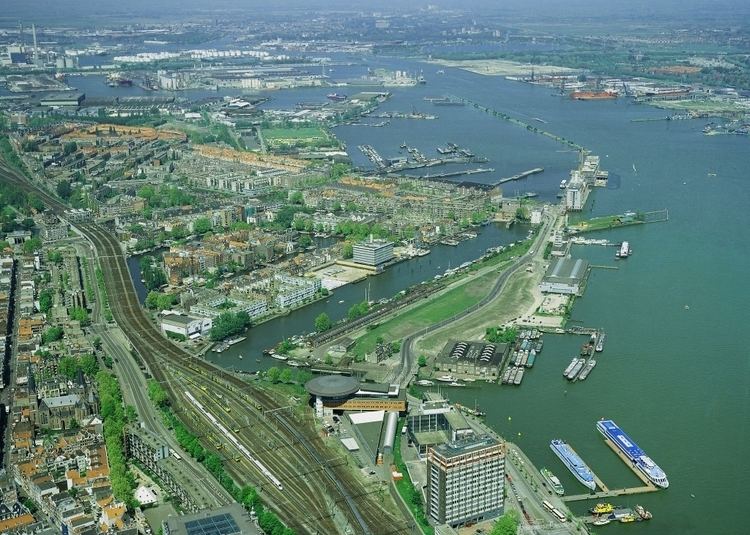
David bowie port of amsterdam
History
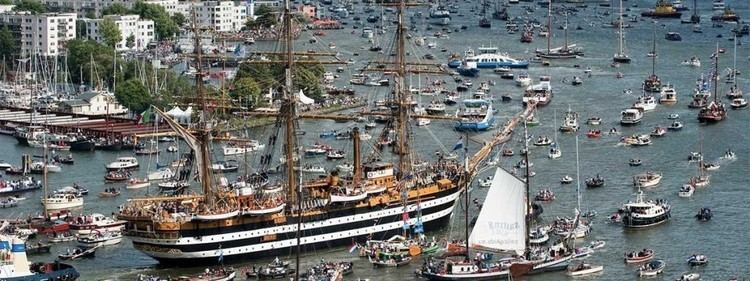
The first port activities in Amsterdam date back to the 13th century. The port was first mentioned in the year 1342, when the city of Amsterdam received city rights.
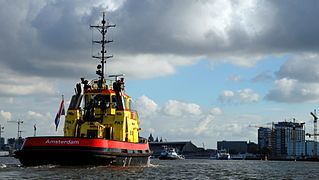
In the Dutch Golden Age the port was one of the main harbours of the Dutch East India Company.
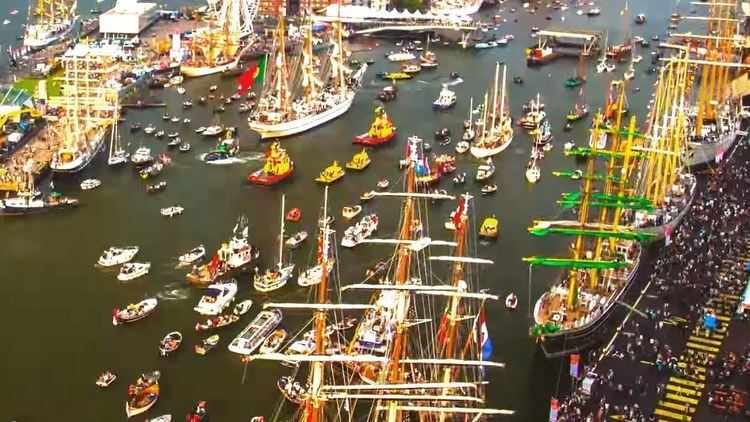
The North Holland Canal, that connects Amsterdam to Den Helder was dug between 1819 and 1824. The North Sea Canal, that connects Amsterdam to IJmuiden, was dug between 1865 and 1876.
Geography
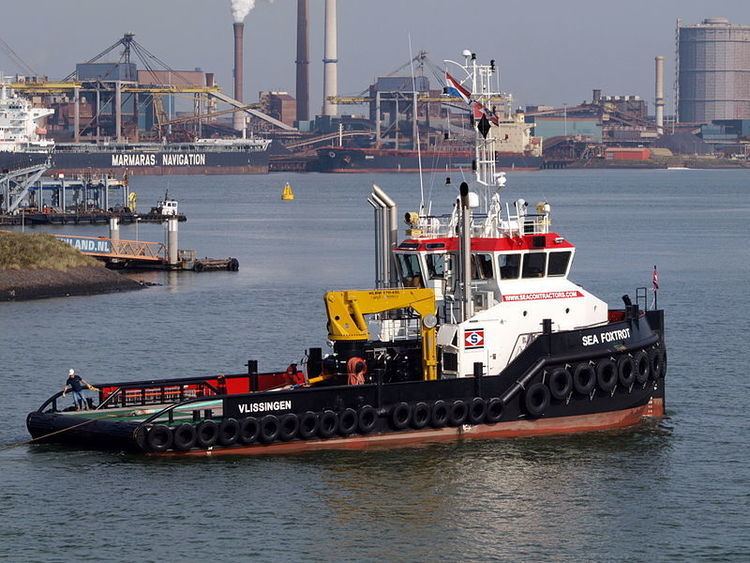
The port of Amsterdam is located on the banks of the North Sea Canal and the IJ. The port is connected to the North Sea through the North Sea Canal, to Den Helder through the North Holland Canal, to the Markermeer through the IJ and the IJmeer, and to the Rhine through the Amsterdam-Rhine Canal.
In total, the port comprises 620 ha (1,500 acres) of waterways and 1,995 ha (4,930 acres) of land area, including port estates, quays, roads, railway tracks, ditches and green space.
The port comprises several harbour areas, which are part of the boroughs (Dutch: stadsdelen) Westpoort, Westerpark, Centrum, and Zeeburg. From west to east the areas are:
Business operations
In terms of cargo throughput, the port of Amsterdam is the second largest port of the Netherlands after the port of Rotterdam.
In 2008, 6,029 sea vessels visited the port of Amsterdam, with a cargo throughput of 75.8 million tons, most of which was bulk cargo. That same year, the total container volume was 435,129 TEU. Both the number of vessels and the bulk cargo and container throughput increased compared to 2007.
In 2008, the total revenue was € 125.3 million and the net income € 45.0 million. This is a minor decrease compared to the revenue and income in 2007.
In 2008, the port itself had 361 employees, but the number of indirect employees is circa 55,000. On 7 July 2009, Mrs. Dertje Meijer was appointed as the director of the port by the government of Amsterdam.
Cruiseport
The Port of Amsterdam is the 3th biggest Cruiseport in Europe with 140 Sea Cruise ships and 1500 river cruise ships, Almost 700.000 cruise passengers are visiting Amsterdam by Cruise. In September 2015, the MSC Splendida visited Amsterdam, with its 333.33 meters long and 38 meters wide, it was the biggest cruise ship ever in Amsterdam. It also has won the price for the International Cruise port of the year in 2015. Amsterdam has 2 Cruise Terminals: the Passenger Terminal Amsterdam in the city center, and one after the locks in IJmuiden. Amsterdam is also the homeport for the Koningsdam, the new ship from the Holland americaline.
International cooperation
The port of Amsterdam has a connection with the ports of the following cities:
